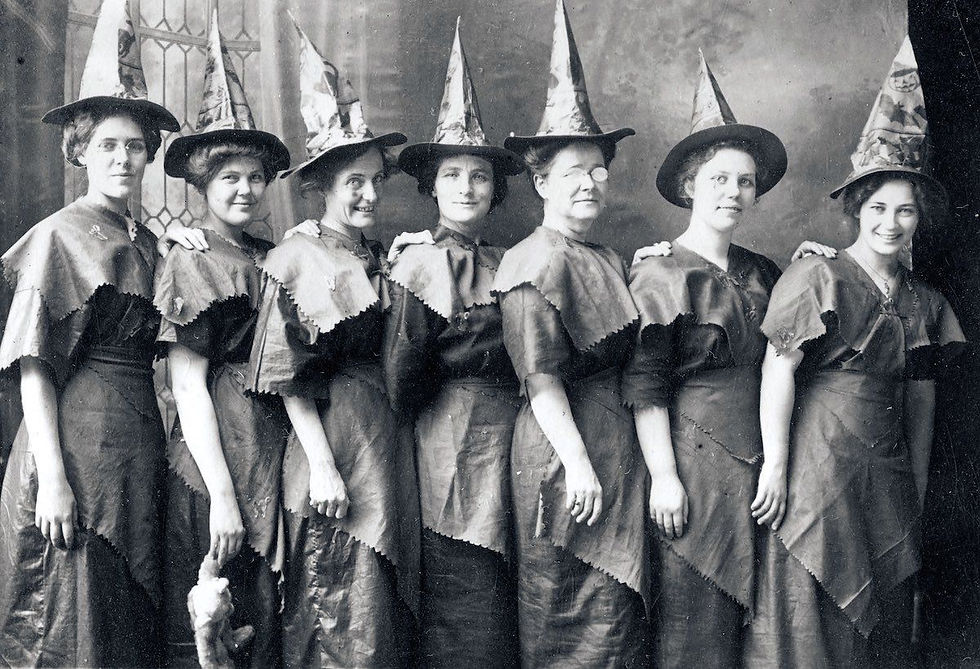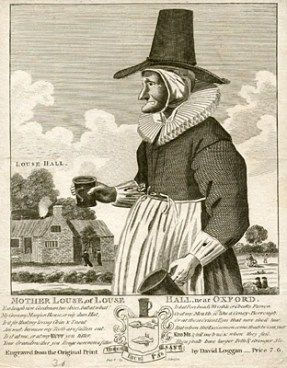THE HISTORY OF BEER. Drink create by women
Updated: Feb 24, 2021
By Michelle Lopez
Gourmetdemexico.com.mx

Beer is the third most consumed beverage in the world, and its history dates back more than 4,000 years. And in these millennia, beer has always been closely linked to women, consumers but above all producers for at least 3,500 of those years.
“The history of beer is totally feminine: this "men's" drink was created by women, who controlled the industry for 3,000 years.”
The Birth of beer
Women were the first to make beer, since being something of the kitchen it was considered ideal for the domestic role of women. The recipes were passed from mother to daughter for generations and women had absolute control of the production, which was consumed by the entire population.
There are some records of beer in 2000BC, in the territories of Sumeria, today Iran. Women were responsible for preparing this drink that encouraged the builders of civilization and was a social axis. The Sumerians produces all kinds of beer: white, black, red, from the underworld, wheat, mother beer, and sacrificial beer.
The ancient Greeks, a highly macho culture, never got alone with beer, to which they attributed many health problems. But in Egypt they drank it from the slave to the pharaoh, and it was prepared by the women in a special area under the supervision of the lady of the house. Wages were paid with beer, two containers per working day, and Egyptian beer was exported to Rome, Palestine, and India.
In Viking society women also produced beer. Due to the climate of its territories, this beer contained more "alternative" ingredients, such as juniper, ergot (a Hallucinogen), henbane and hemlock, with the psychedelic effects you can imagine. The delicacy of these recipes gave the women who prepared them a special title such as Volva, Volur, and Priestesses.
The Brewing Evolution
These early beers lacked any conservatives, so the production was extremely local. It was until the 11th century that the Benedictine nun Hildegard Von Bingen, a mystic and herbalist, introduce the use of hops to preserve the liquid and add bitterness, and transformed the making of the drink. Today Von Bingen is consiodered a patron Saint of beer.
Beer production spread throughout Europe and the New World, always controlled by women, known as ALEWIVES or BREWSTERS. In houses, taverns, parties, any gender, race and age had access to this drink. The quality control of beer was very strict, and women accused of adultery or produce bad beer were subject to punishment such as flogging, be thrown into the water or, as an engraved stone in Ludlow, England, be dragged to hell by demons.
Beer and Witches
An this is where the history of beer becomes even more interesting if possible: beer women gave way to the most famous image of witchcraft. Several of the most classic elements come from female beer production: the pointed hat, the broom, the cauldron, and the cats.
As early as the 14th century, a women with hat, was considering more distinguished, elegant and classy. A self-respecting beer entrepreneur went to the market to sell her product wearing a hat, but she made the garment taller and more showy to distinguish herself and attract customers. The higher the hat, the more the woman and therefore her beer would be noticed. Pure marketing of medieval women.

Mother Louis, an Oxford brewery in the 1600's
If the woman in question sold from home, whether in a boarding house or tavern, or simply dispensing the drink, she also needed to distinguish herself from the other homes. To do this, A BROOM, a symbol of domestic work, hung at the entrance. The customer could be sure that they would find quality homemade ale, made by the lady of the house.
The easiest and most comfortable way to make beer was with A CAULDRON where they boiled the wort and mixed its ingredients. Cats were highly appreciated by these women because they fought mice, the main destroyers of grains and spreaders of contamination - remember that this time is the golden age of the Black Death, woman, cauldron, hat, broom, cat.... Stereotypes
The End Of Women in Beer
The association between women and beer ended with The Catholic Church. Another of the symbols that distinguished a brewery was a talisman similar to the star of David, six points that represented the ingredients of a good beer: hops, grains, malt, yeast, water, and the beer woman.
The Jewish allusion was the perfect pretext for the church to take advantage of the growing wave of anti-semitism of the 15th and invade a lucrative business and, incidentally, eliminate the influence of women. The demonized concept of the witch with the broom and hat arrives,, preparing "potions" in the diabolical darkness of her house. Suddenly, knowing how to manipulate plants and ingredients was seen as an influence of the devil on pure souls.
Furious that women had exclusive control of production and profits, the high Catholic Powers demonized and expelled them until beer production in monasteries, and consumption in male gatherings, as the witch hunt reached levels never seen before in which at least 75% of the victims were women.
In 1540 the city of Chester prohibited all women between 14 and 40 years of age from making beer: the age range they considered appropriated to have children.
Beer & Women Today
A Stanford study published in 2014 indicates that among microbreweries only 4% of brew masters are women, although at least 32% of all CRAFT BEER consumption comes from women.
ON ALL SIDES IT IS EASY TO FIND BOTH THOSE WHO SAY THAT A WOMAN DRINKING BEER IS VULGAR AND INAPPROPIATED, AS WELL AS THOSE WHO CLAIM THAT WOMEN "TOO" CAN MAKE OR DRINK BEER, BOTH IGNORANT THAT BEER BEGINS WITH WOMEN.
Official certifications are open to both genders and the challenges is to destroy relatively new stereotypes.
gourmetdemexico.com.mx
image: brewhopping.com


コメント